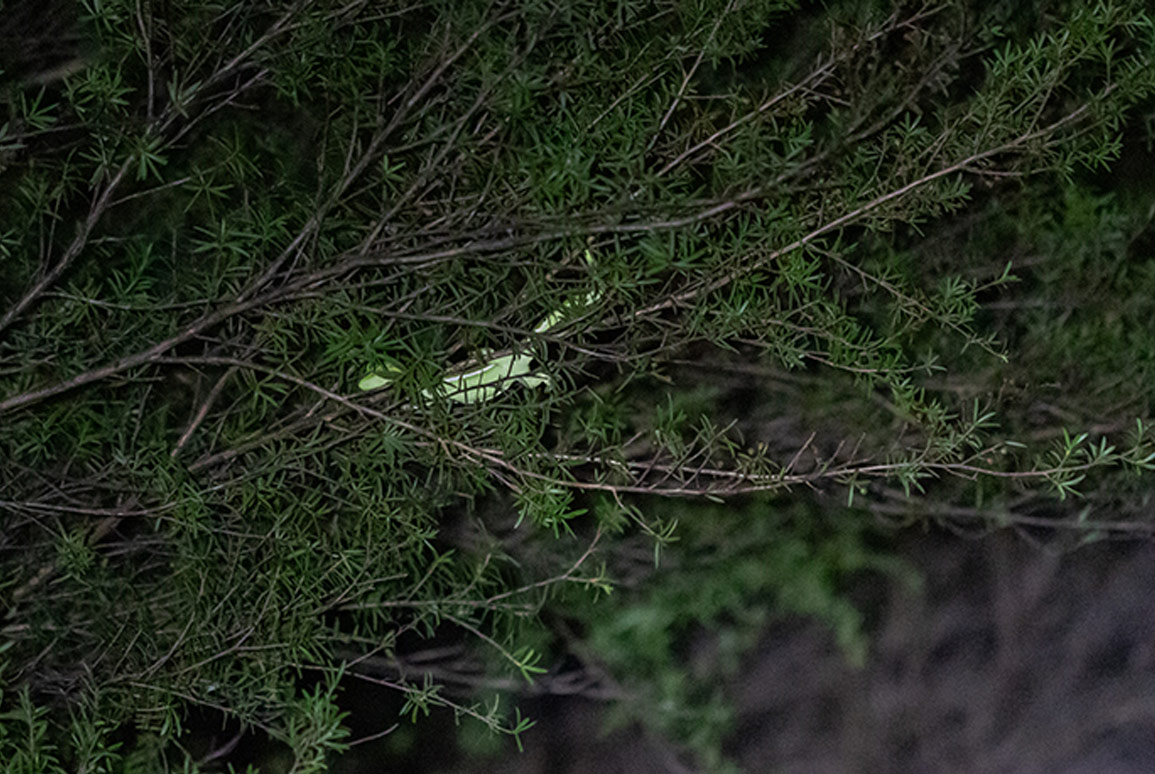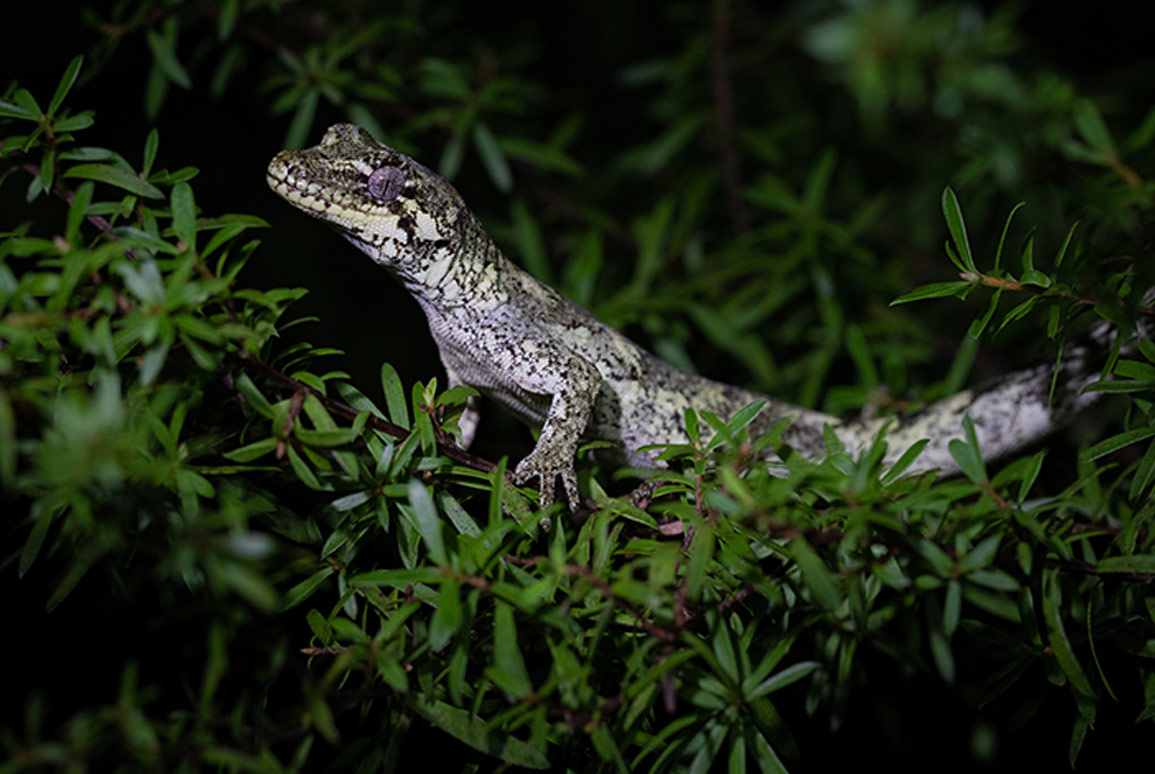Lizard Surveys: do you need them and what does it take to do them?
21 November 2022
Does your project site have lizards? With over 120 endemic species of skinks and geckos calling Aotearoa home, the chances of lizards being present at your project site are likely higher than you think.

Lizards are found in a wide range of habitats, from urban cities to farmland, scrubland, along coastlines, in our native forest and right up into the alpine zone. They are also visually cryptic, meaning their appearance makes them incredibly difficult to spot. Moreover, many species are nocturnal, likely be hiding away during the day, and/or arboreal, located high up in the trees.
What is involved if there is potential lizard habitat on your project site?
If there is a possibility that lizards or lizard habitat may be present on your project site a lizard survey should be conducted. This will need to be done by a suitably qualified herpetologist who must have permission from the Department of Conservation (DOC) to survey lizards.
To detect lizards, we use different tools which are selected based on the site characteristic and the type of lizards likely to be encountered. For example, baited pitfall traps and funnel traps are commonly used to detect and capture terrestrial skinks and geckos. Some species, such as the copper skink often inhabit dense cover, and may require intensive hand searching of habitat to detect these species. To detect arboreal species including forest geckos and elegant geckos, visual searches at night using torches (spotlighting) is the most effective method.
What are the main limitations of lizard surveys and how can we overcome them?
The amount of effort required for lizard surveys is dictated by size of the project site, extent of lizard habitat, potential species present and type of monitoring methods used.
The extent of lizard habitat within a site can often be larger than originally expected. Native lizards are frequently detected outside of native bush, in habitats where you may not expect to find lizards. For instance, the southern grass and copper skink readily occupy degraded habitats such as weedy and pastural grassland.
While spotlighting is the most effective method of detecting arboreal and/or nocturnal geckos in the North Island, these species frequently occur at low densities. Geckos may be missed due to their low detectability (cryptic and located high in the canopy), even when surveying in suitable habitat within the known range of the species.
The detection of lizards is constrained by the seasons and weather. Lizards are typically active only during warmer months (e.g., October – April), where outside this period they may be dormant and therefore may be missed during survey efforts. Additionally, lizard surveys should be undertaken in warm and clear conditions when lizards are likely to be emerged.
Early consultation of a suitably qualified herpetologist is the most effective way to resolve the uncertainties associated with surveying. A herpetologist will be able to assess the site for any potential lizard habitat and species present and advise on and implement surveys using appropriate methods. They will also be able to best implement appropriate precautionary management where lizards may be present but are not detected during surveys.
What happens if lizards are detected?
Aotearoa’s lizards and their habitat are protected under the Wildlife Act (1953) administered by DOC; and by the Resource Management Act (1991), administered by local government authorities. As a result, lizard specific management plans and Wildlife Act Authority permits may be required to minimize potential effects on lizards. This can be done by avoiding or minimizing impacts on their habitats, by translocating lizards from the site and by implementing compensation measures including habitat enhancement, predator control and post release monitoring of salvaged lizards. These permits can take upwards of six months to be approved, so the early engagement of a herpetologist can make the application process easier.
What can we do for your project?
Boffa Miskell has conducted surveys and designed and implemented management plans for lizards across Aotearoa. We have well-established relationships with the relevant agencies and iwi around the country and can implement surveys for lizards to determine whether a permit is required for your project.
For further information please contact Matt Turner, Dr. Lee Shapiro or Andrew Blayney


